
The ratings agency Crisil predicts that India’s renewable energy storage capacity will grow to 6 GW by 2028 compared to less than 1 GW in 2024. This growth will be fueled by a strong pipeline of projects currently under consistent government auctions. Such an expansion in storage capacity is important for the rising share of renewable energy in India’s power generation mix.
Analysts observed that though project implementation is not appropriate but government’s push towards renewable energy and tariffs pricing for constant energy supply are increasing confidence in energy storage adoption. In addition, recent prices for continuous renewable energy are similar to those of other power sources.
Highlighting solar and wind power’s share in power generation makes storage an important aspect. Though renewable generation is focused at specific time periods, such as solar power during the day, since people need power supply in the day and evening. Therefore, surplus generation is required so that energy can be generated when the demand is rising.
The government is concerned about this issue and so is encouraging people to use standalone storage systems like pumped hydro or battery storage and storage-linked projects combining renewable generation with storage.
Auction regarding these projects have been increased with 3 GW of standalone storage and 10 GW of storage-linked projects, which alos include 2 GW storage auctioned in the past two years. This has led to a pipeline of 6 GW of storage till May 2024.
According to the government, establishing this much storage is required to boost renewable energy to 20% – 22% of total generation.
However, delays have been seen. Senior Director at Crisil Ratings, Manish Gupta has said, “that the sluggish adoption by state distribution companies (discoms) has been a significant barrier, with 60% to 65% of such projects lacking power purchase agreements (PPAs) as of May 2024.”
India’s government is planning to set a target to increase renewable energy capacity to 450 GW by 2030 from 130 GW capacity in March 2024.
To help reach the target, Renewable Purchase Obligation (RPOs), which requires discoms to increase the share of renewable energy in their supply from 25% to 39% by 2028. While more renewable energy is being used, concentrating on energy storage is important to balance the power grid.







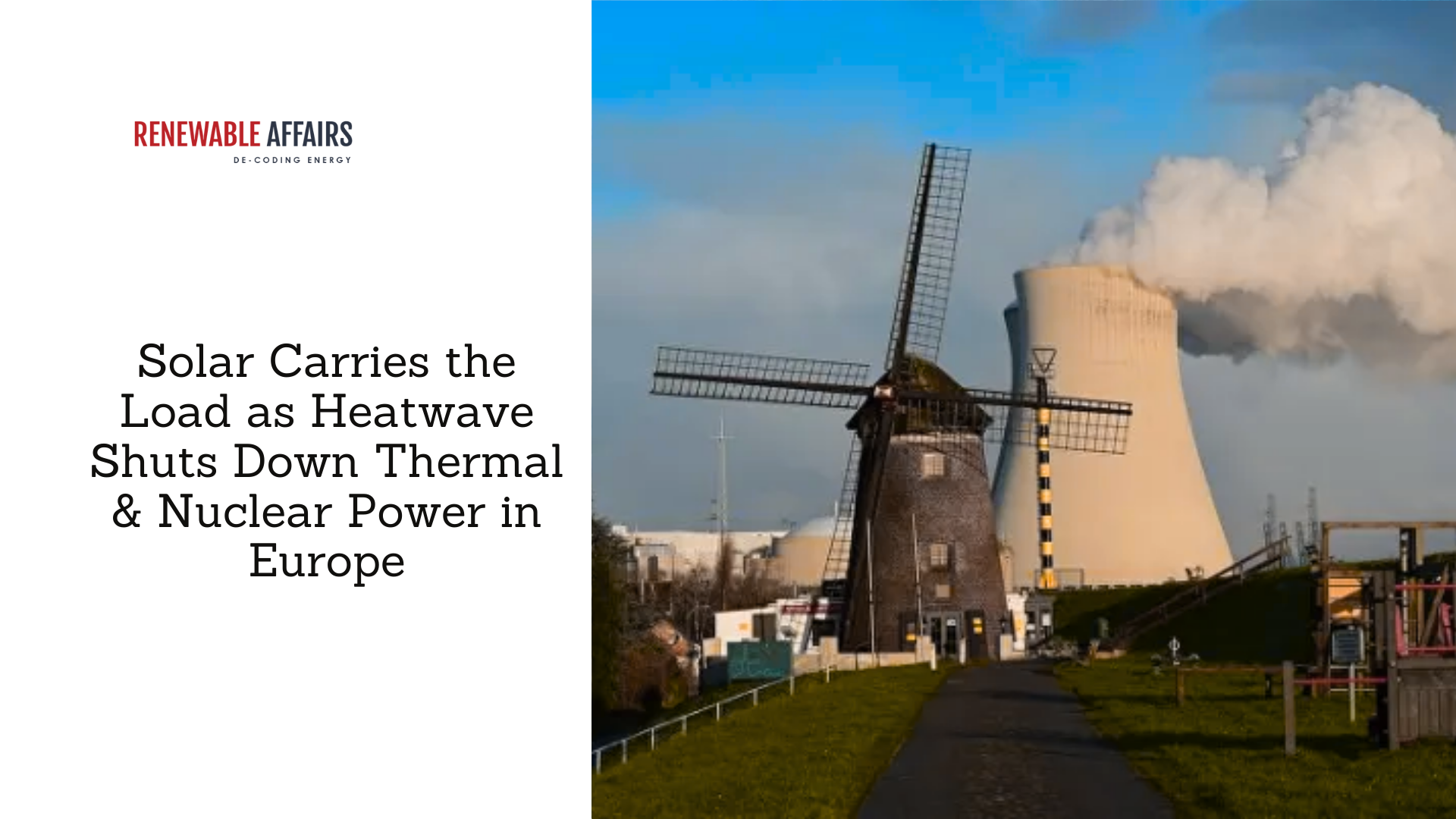














































































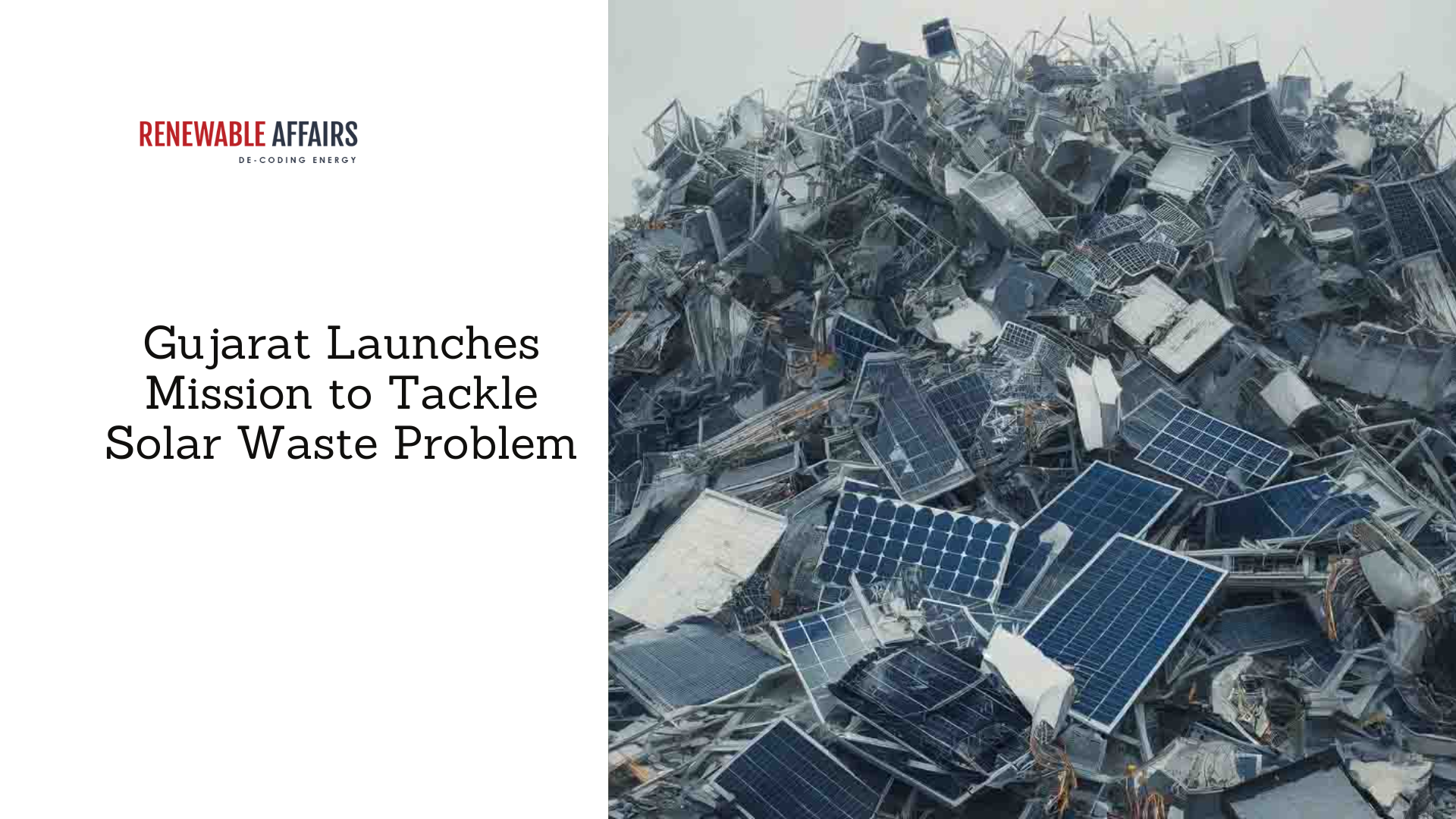
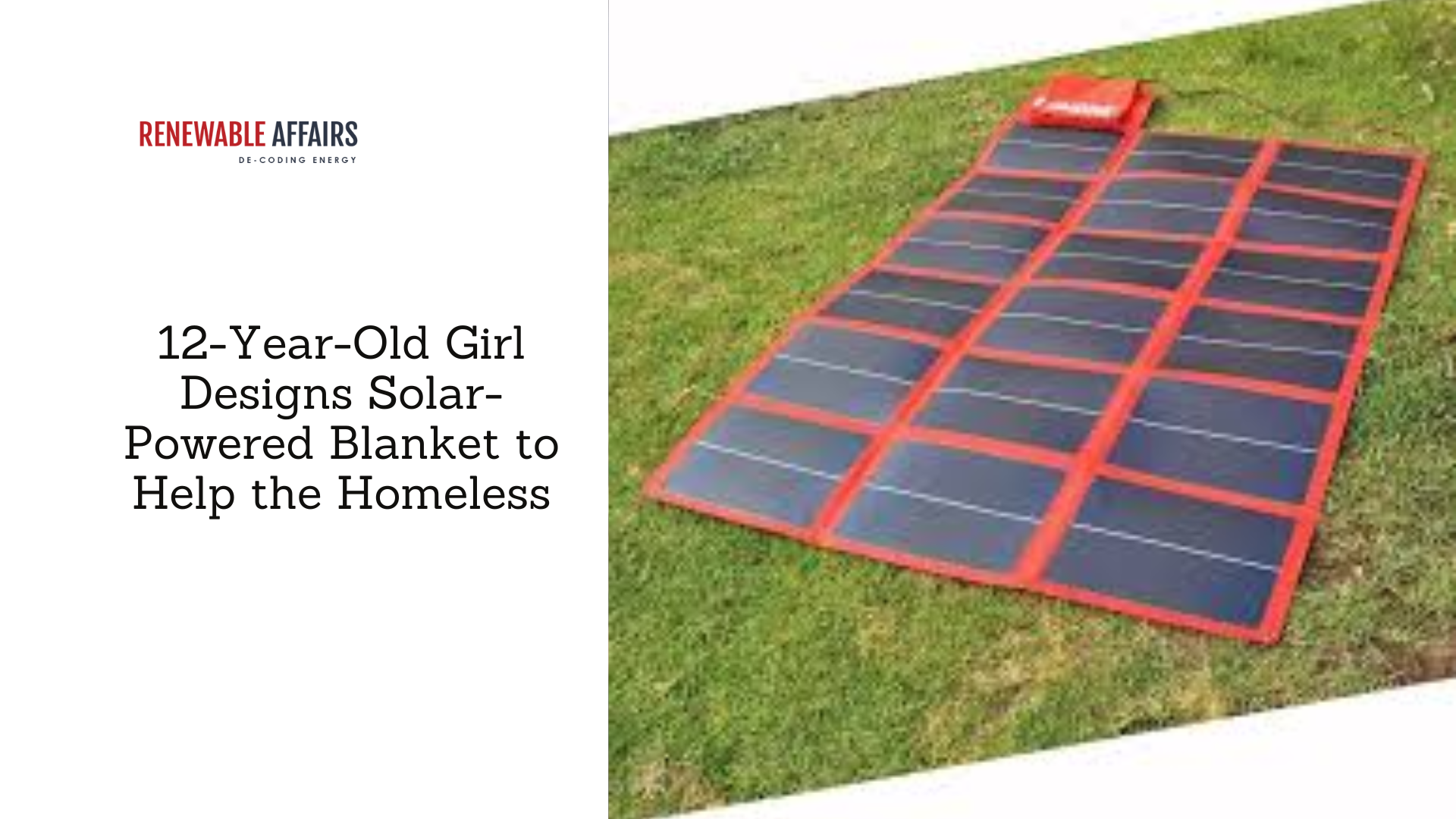



















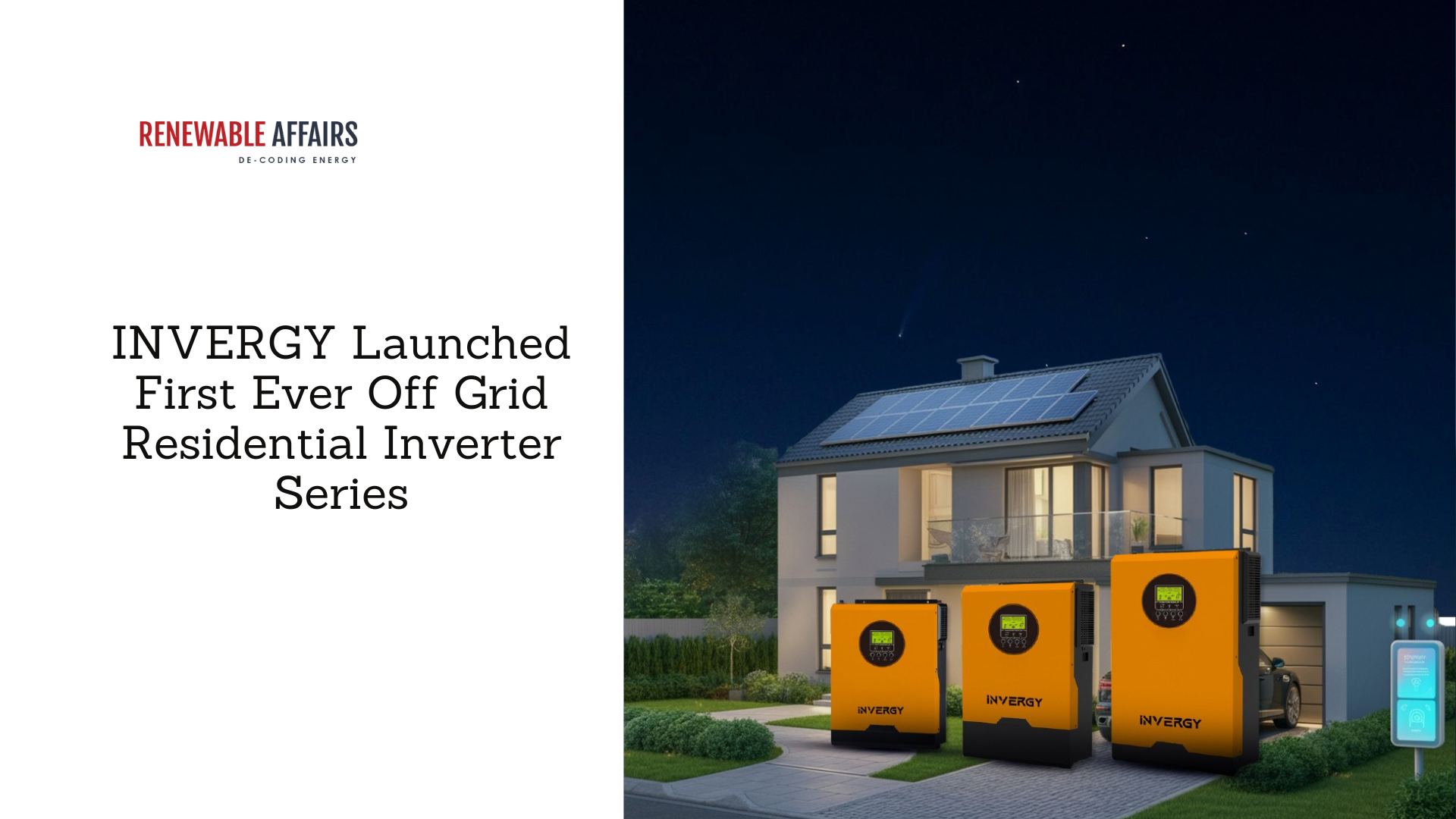

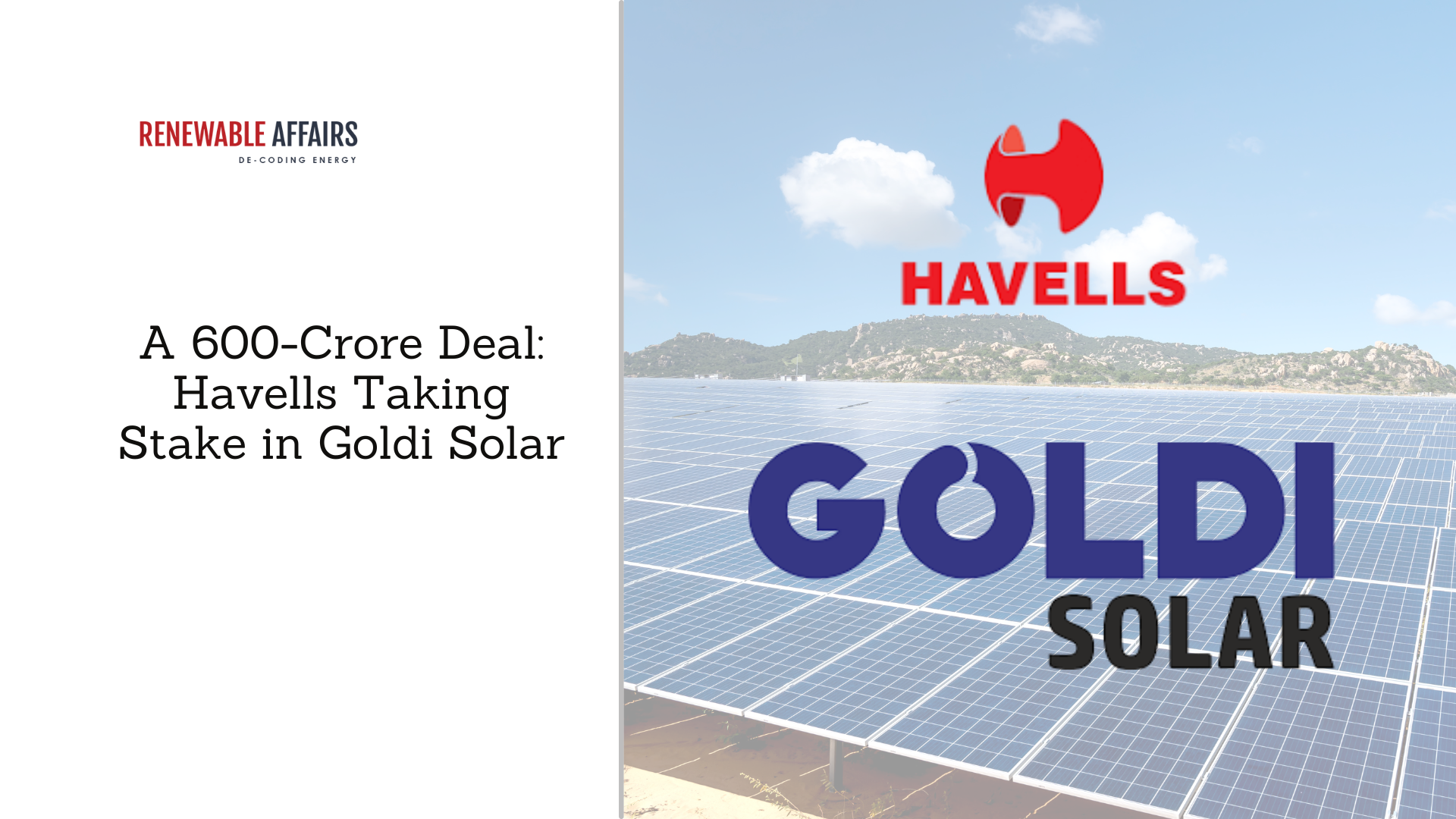







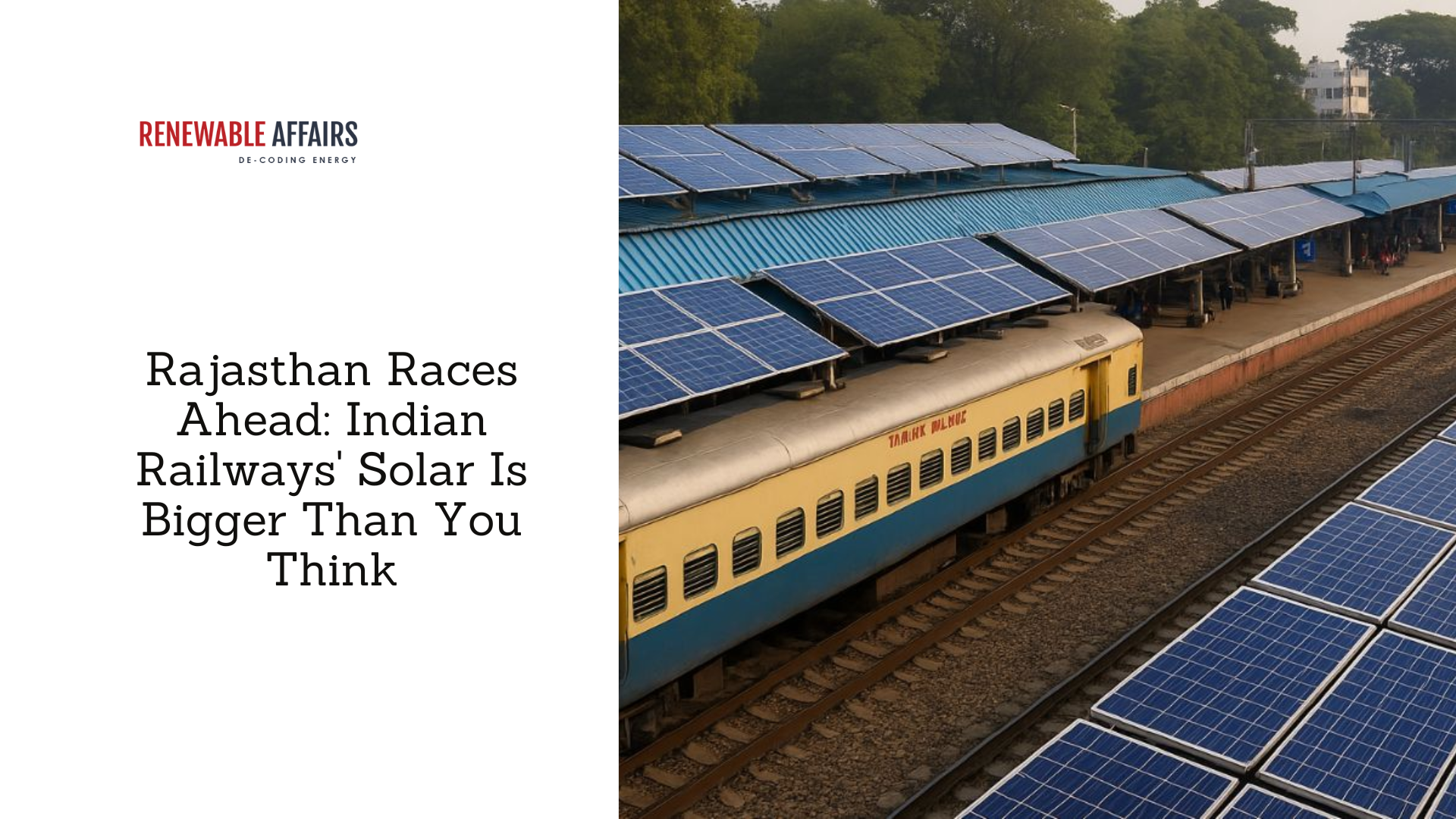


















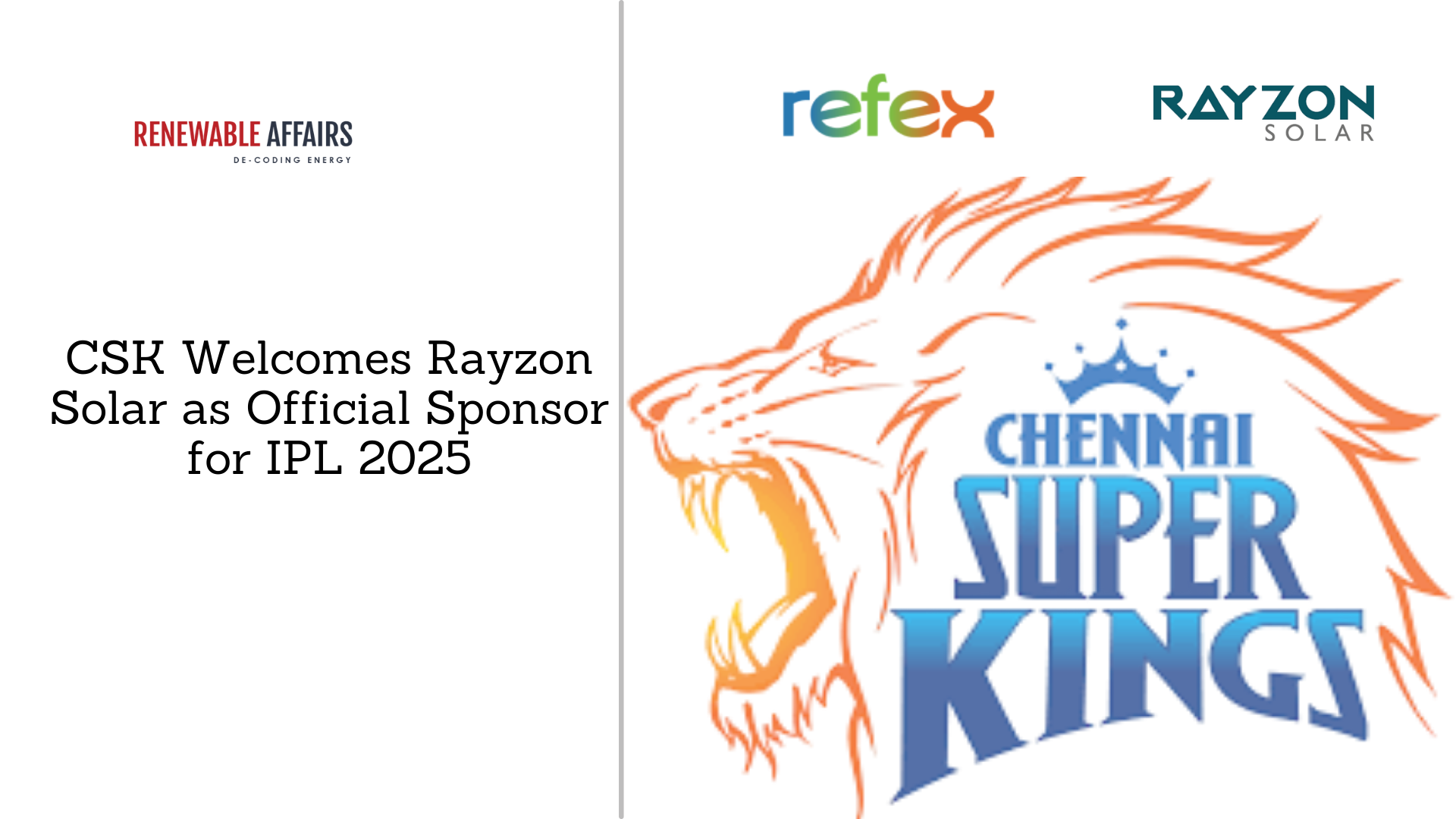









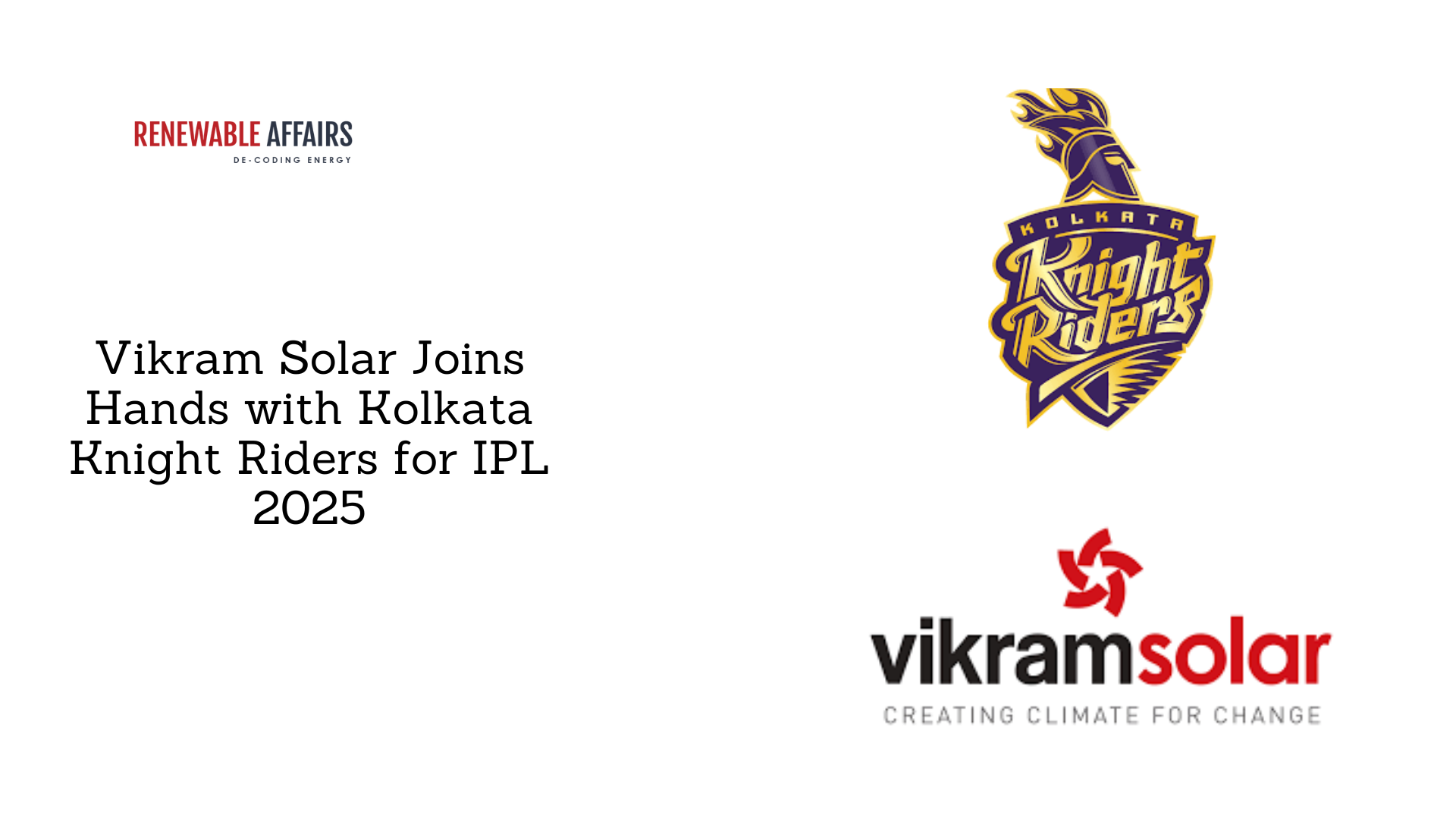















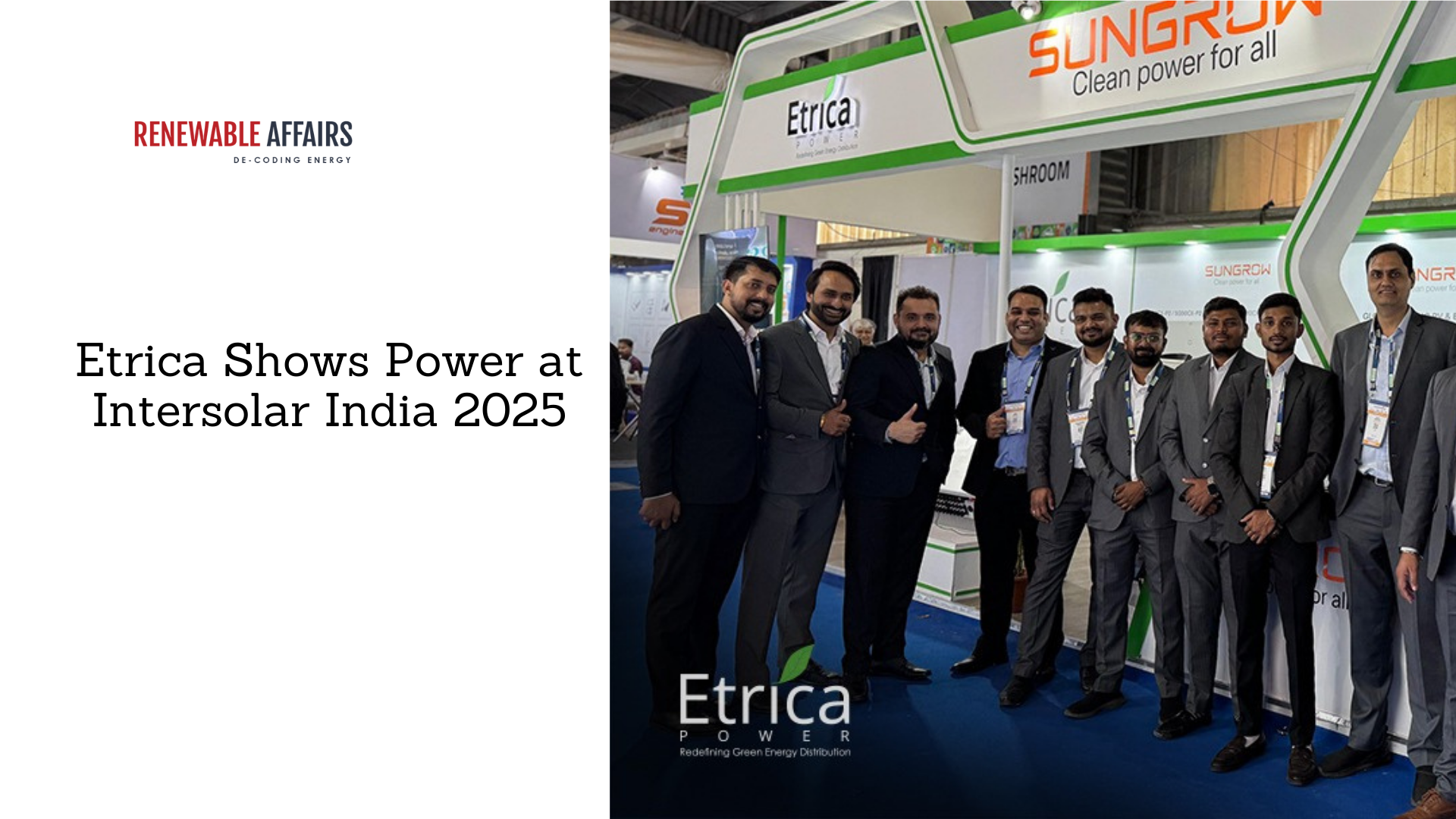














































































































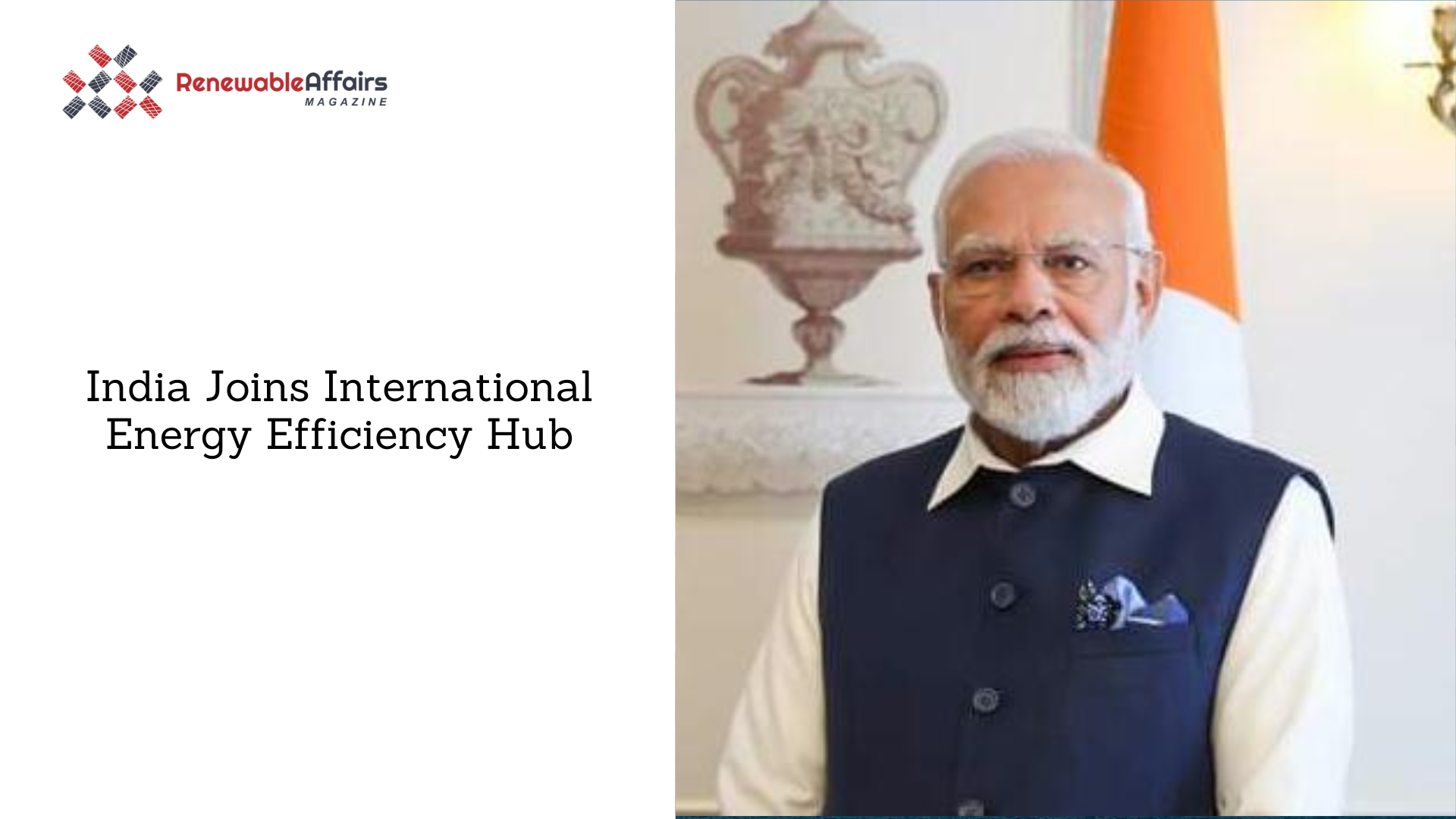








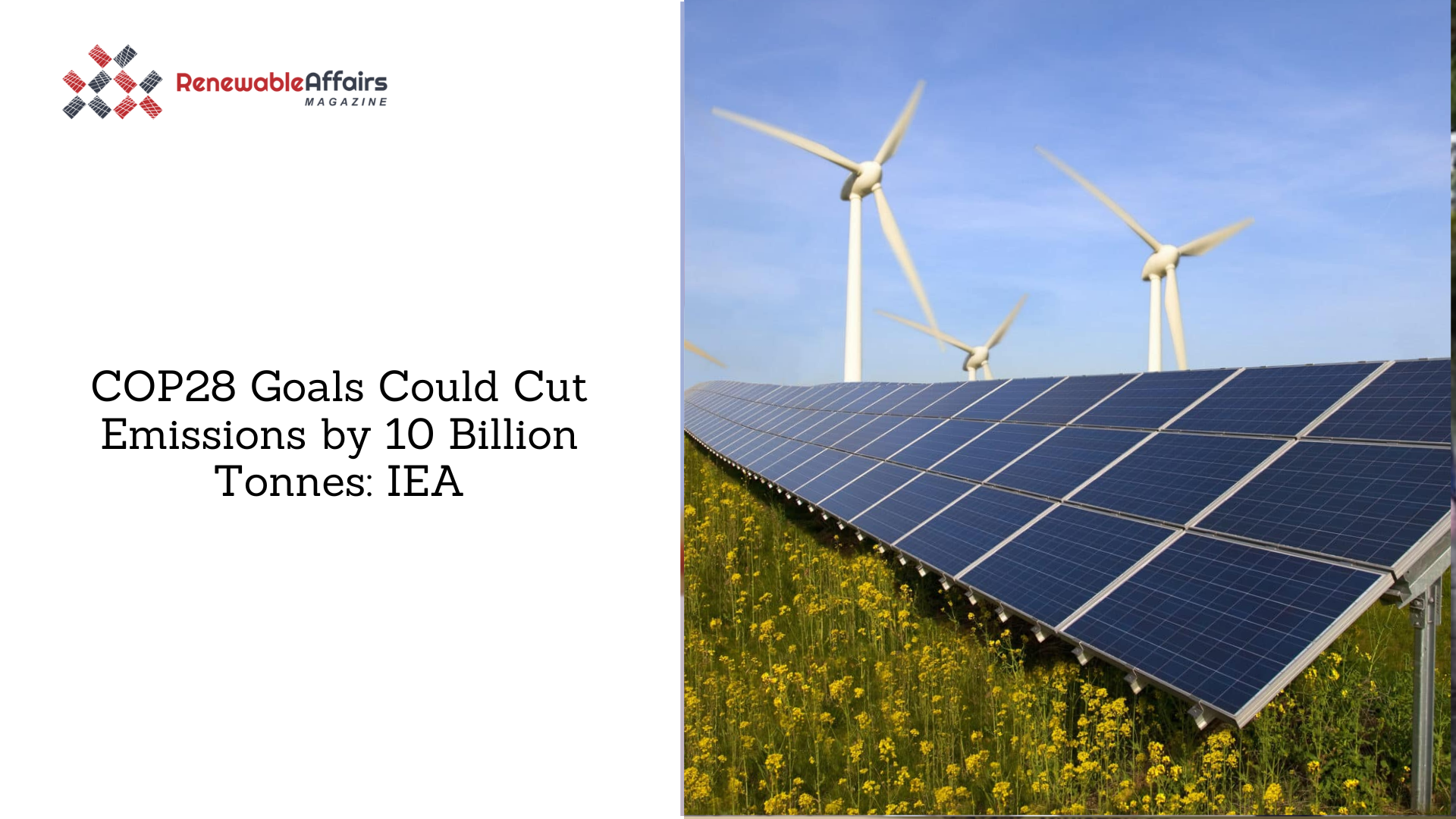























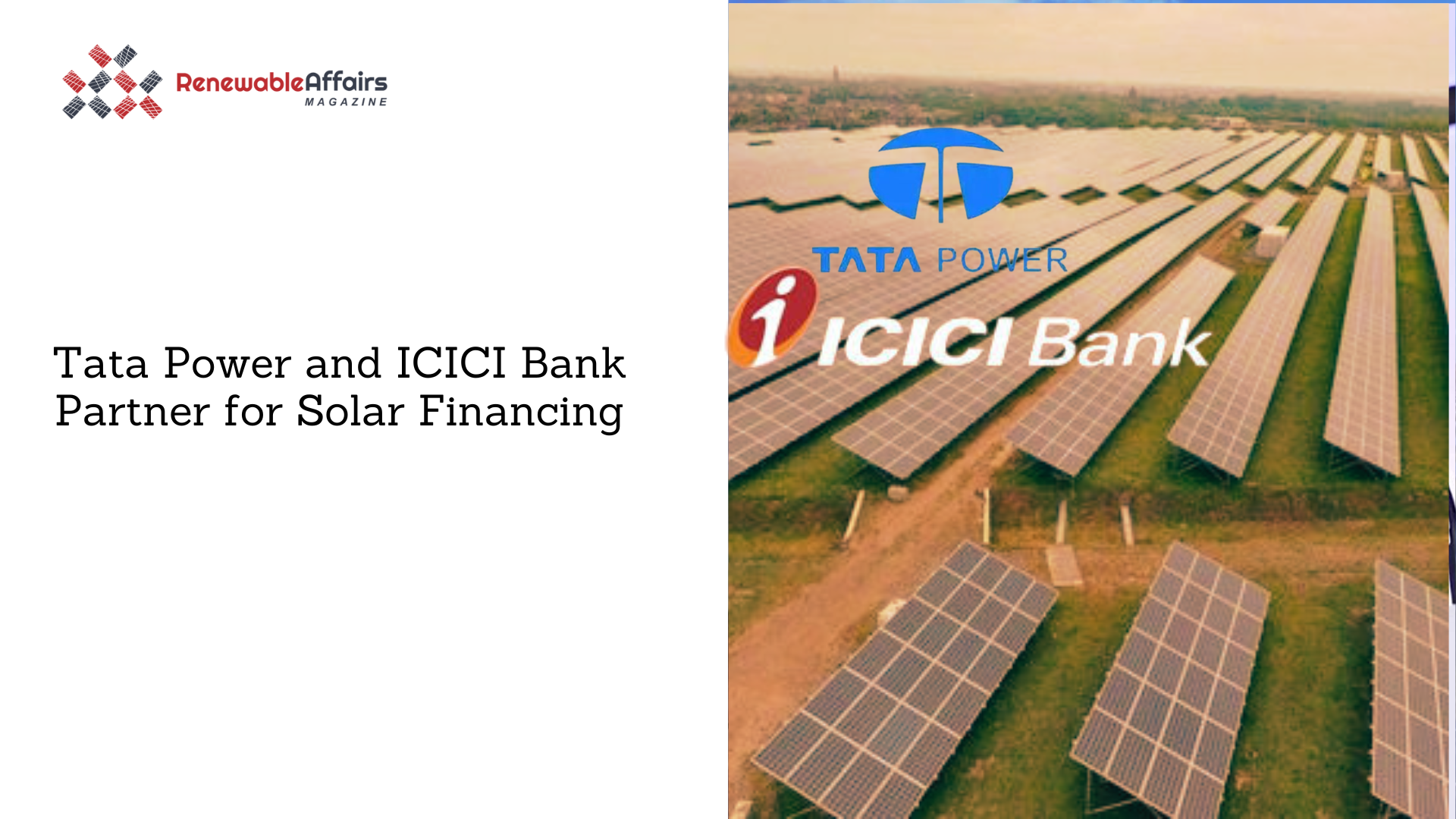


































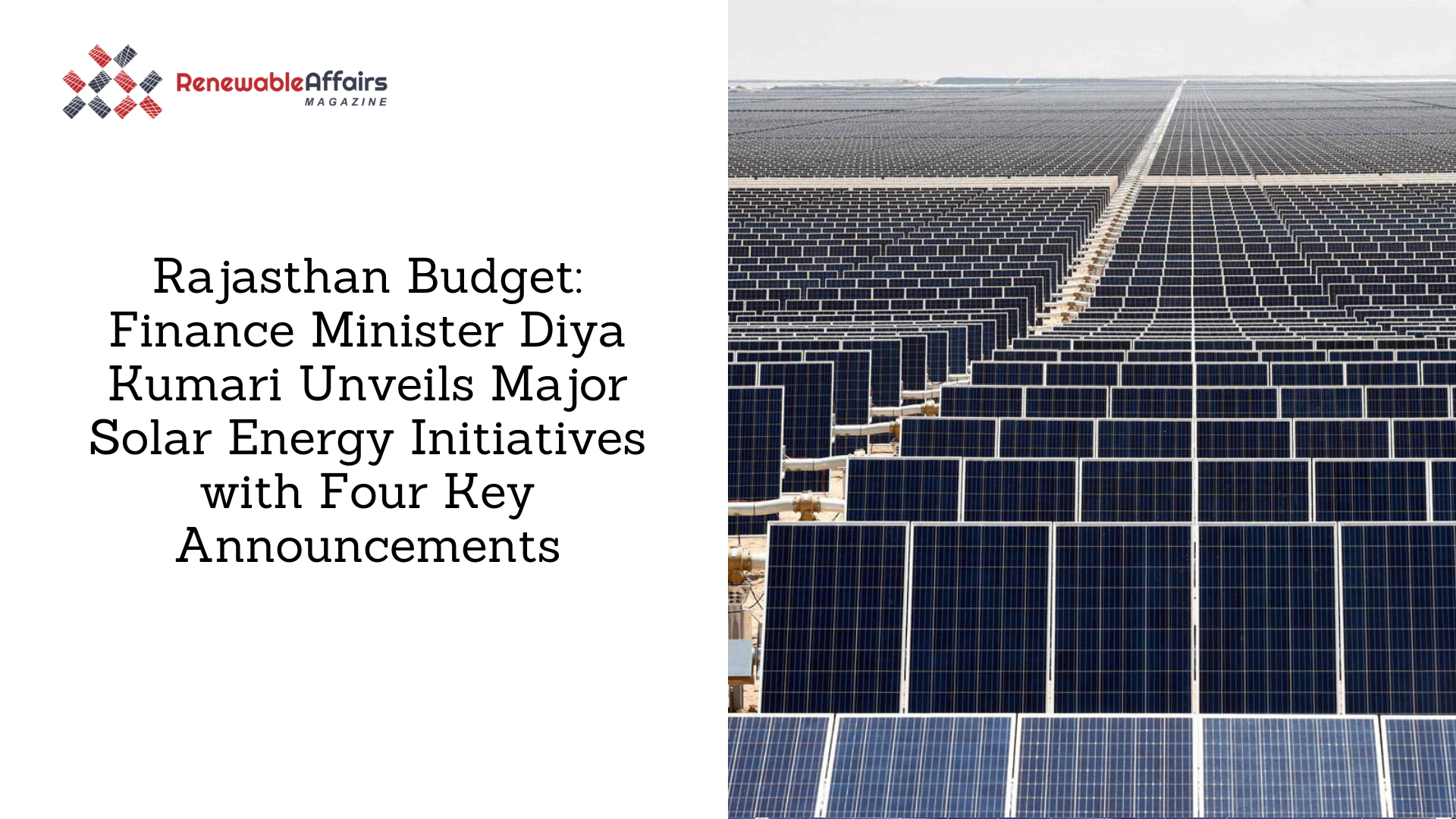
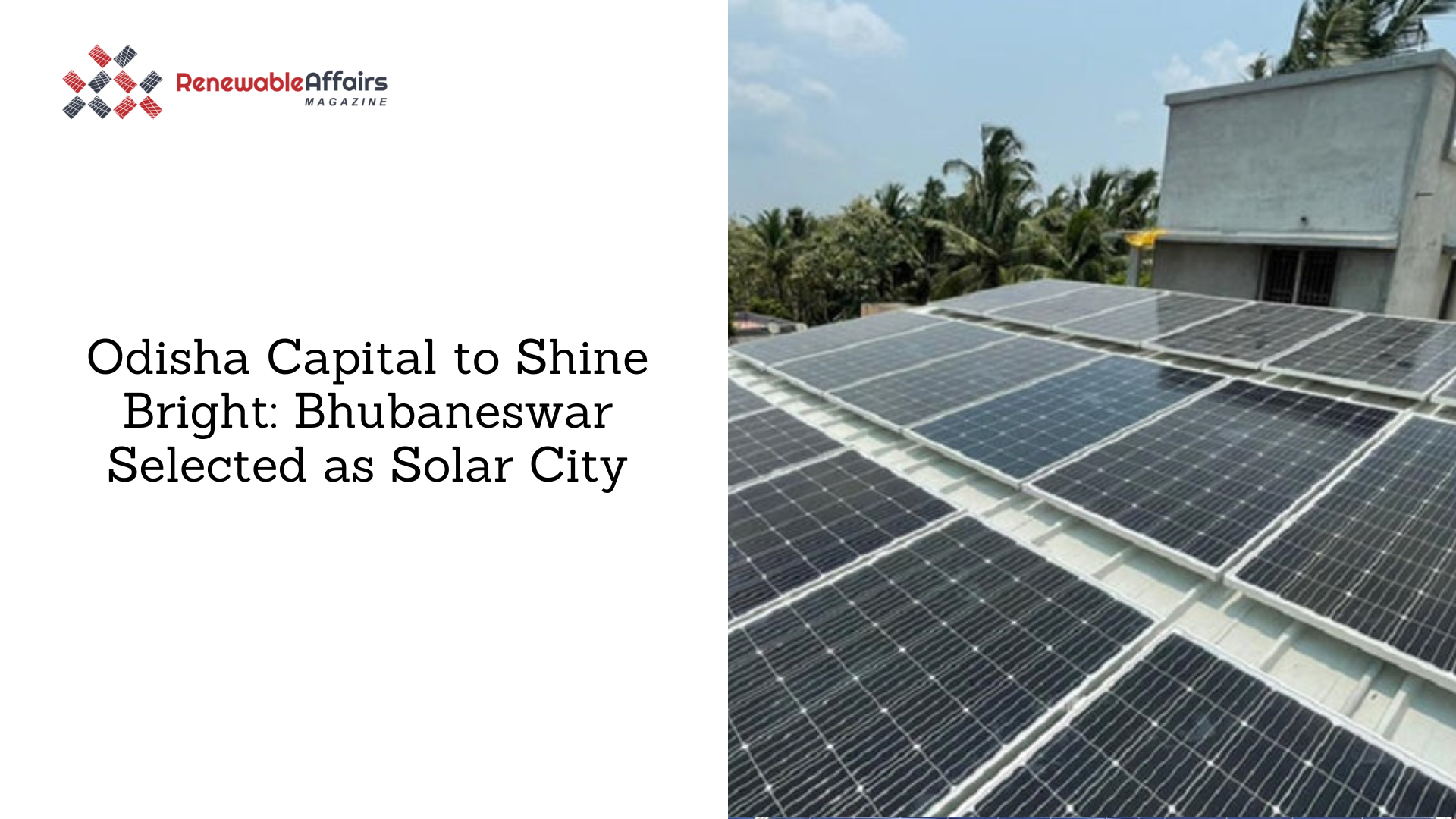

























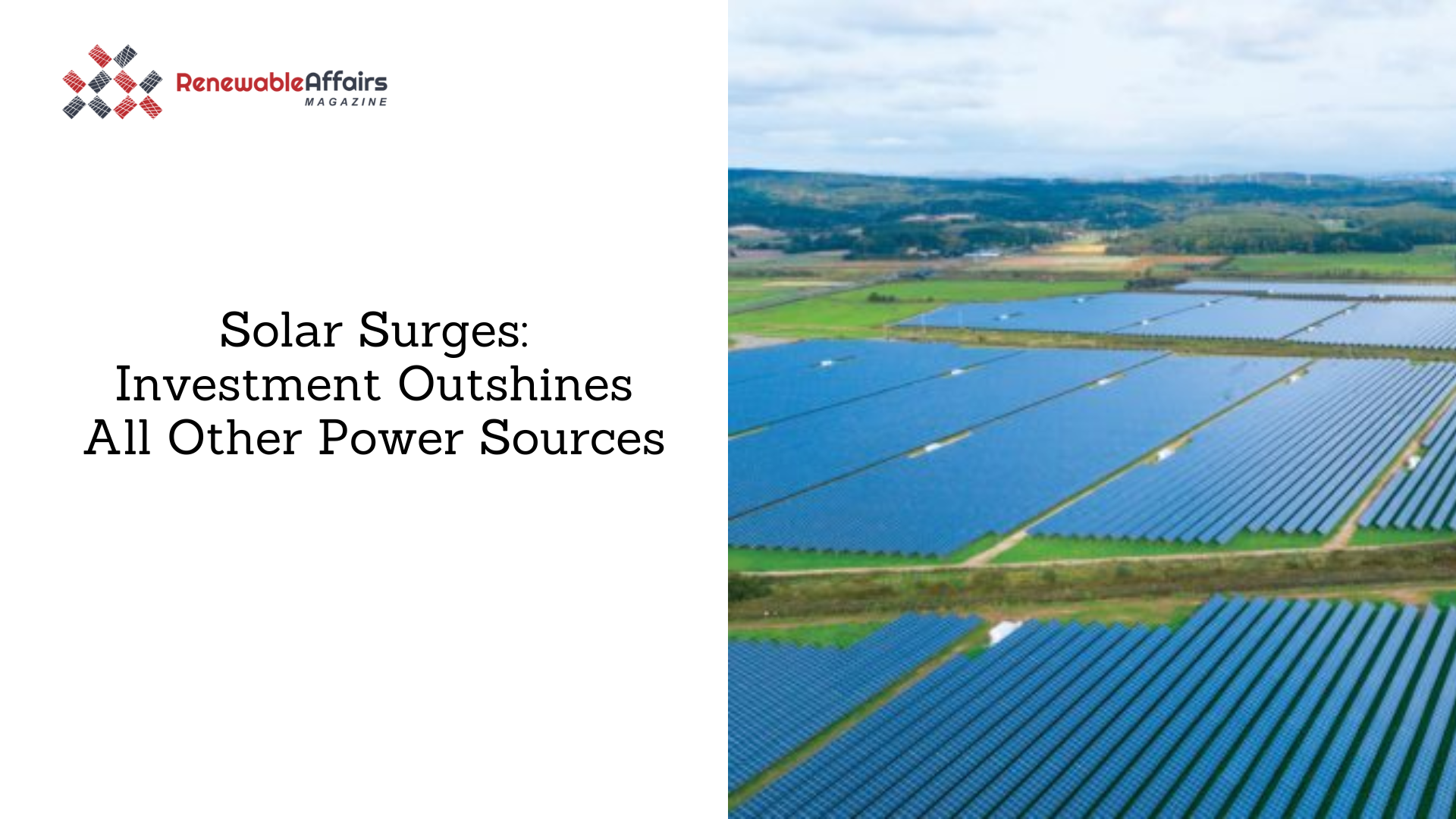



























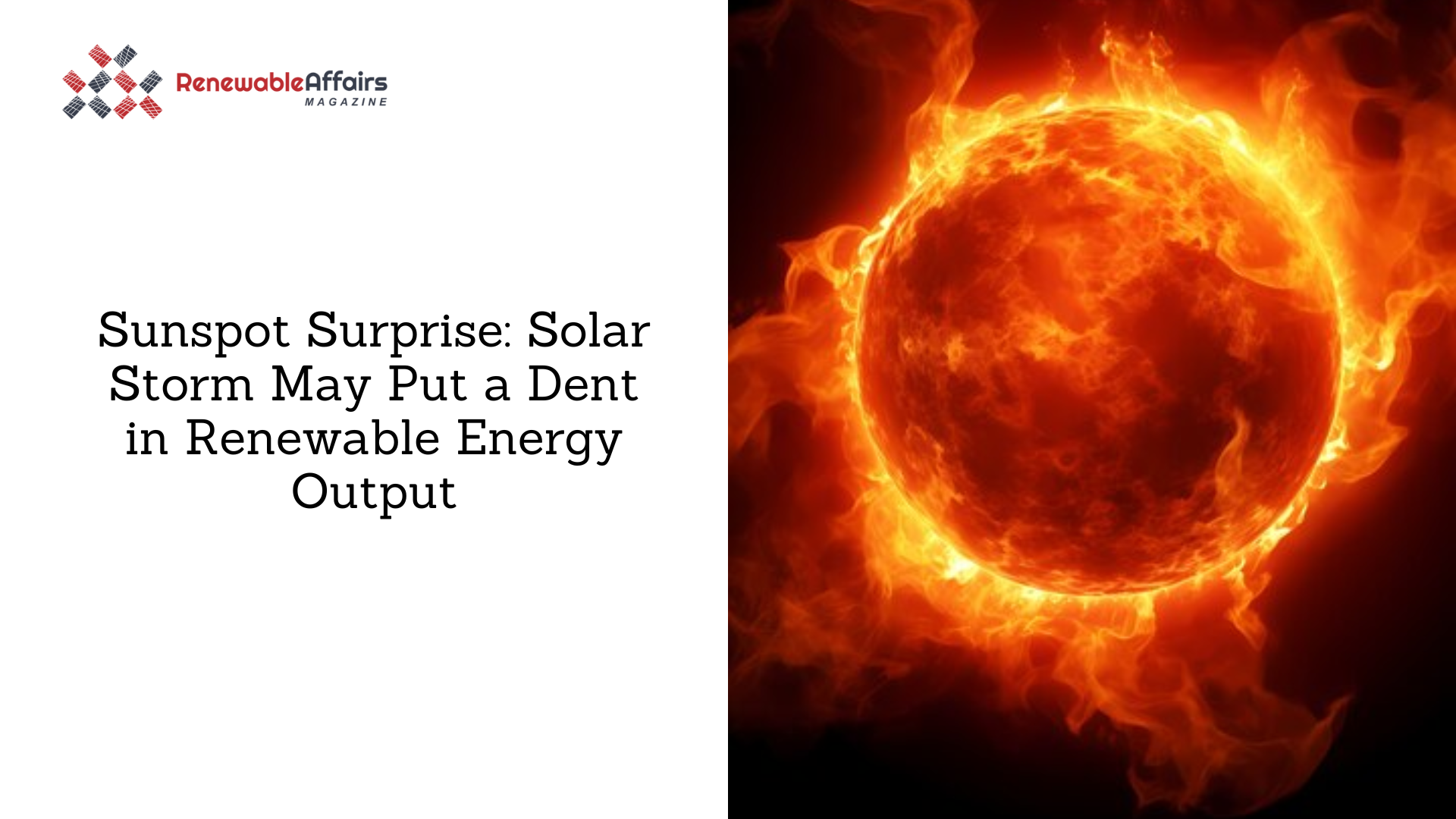

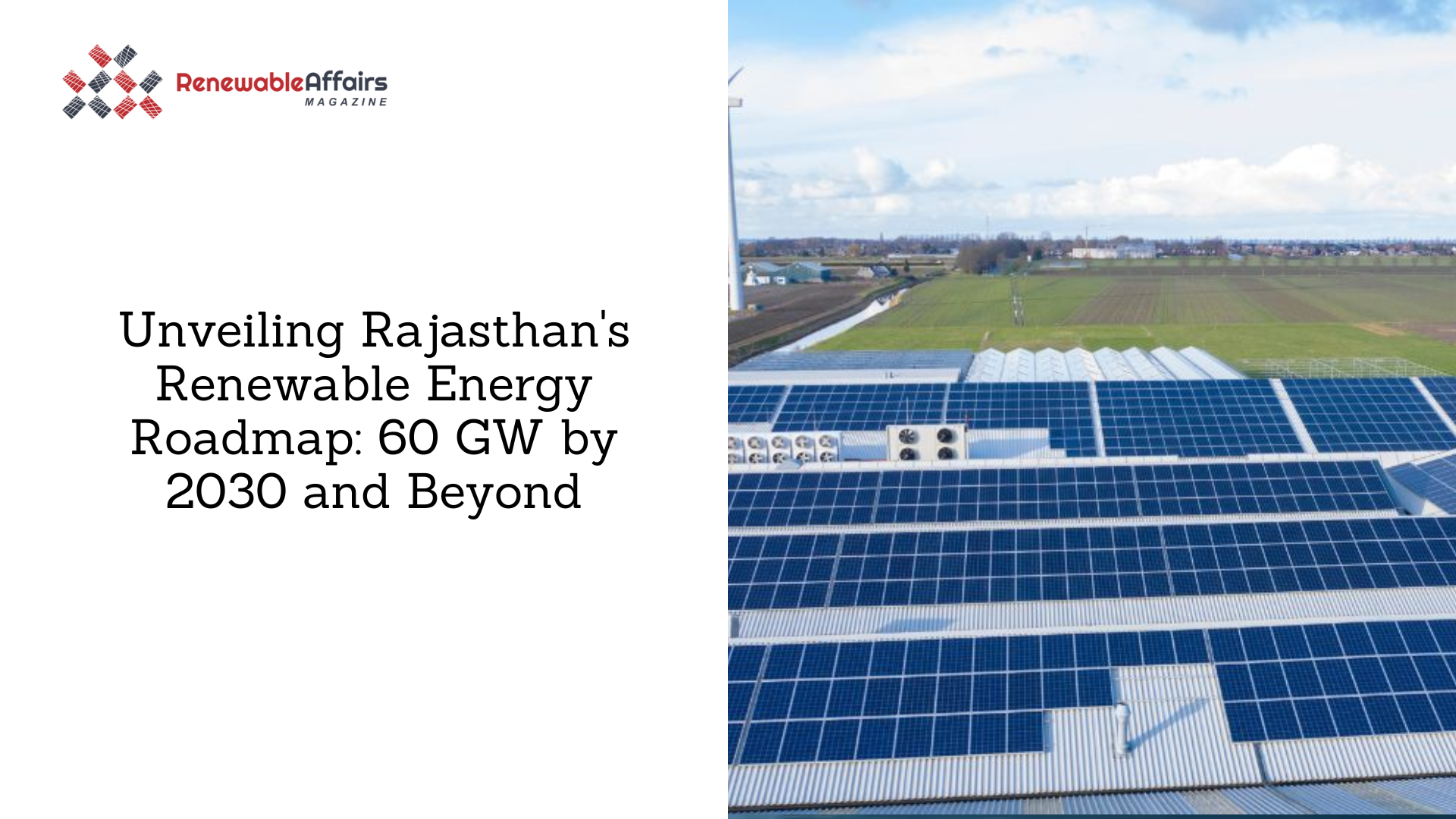









































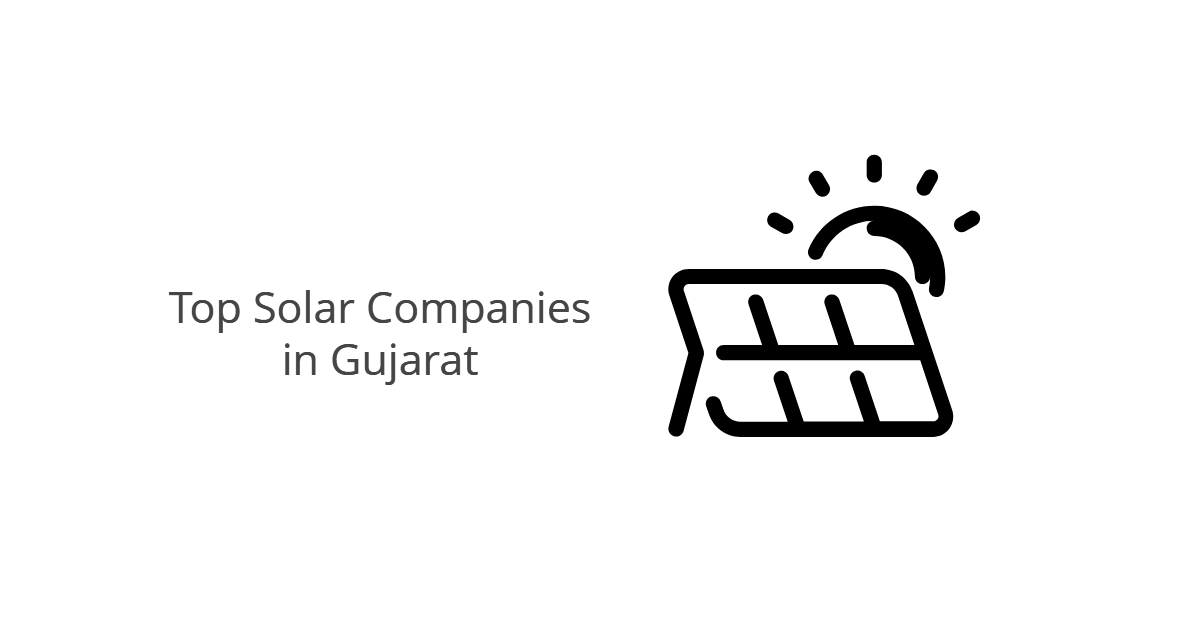






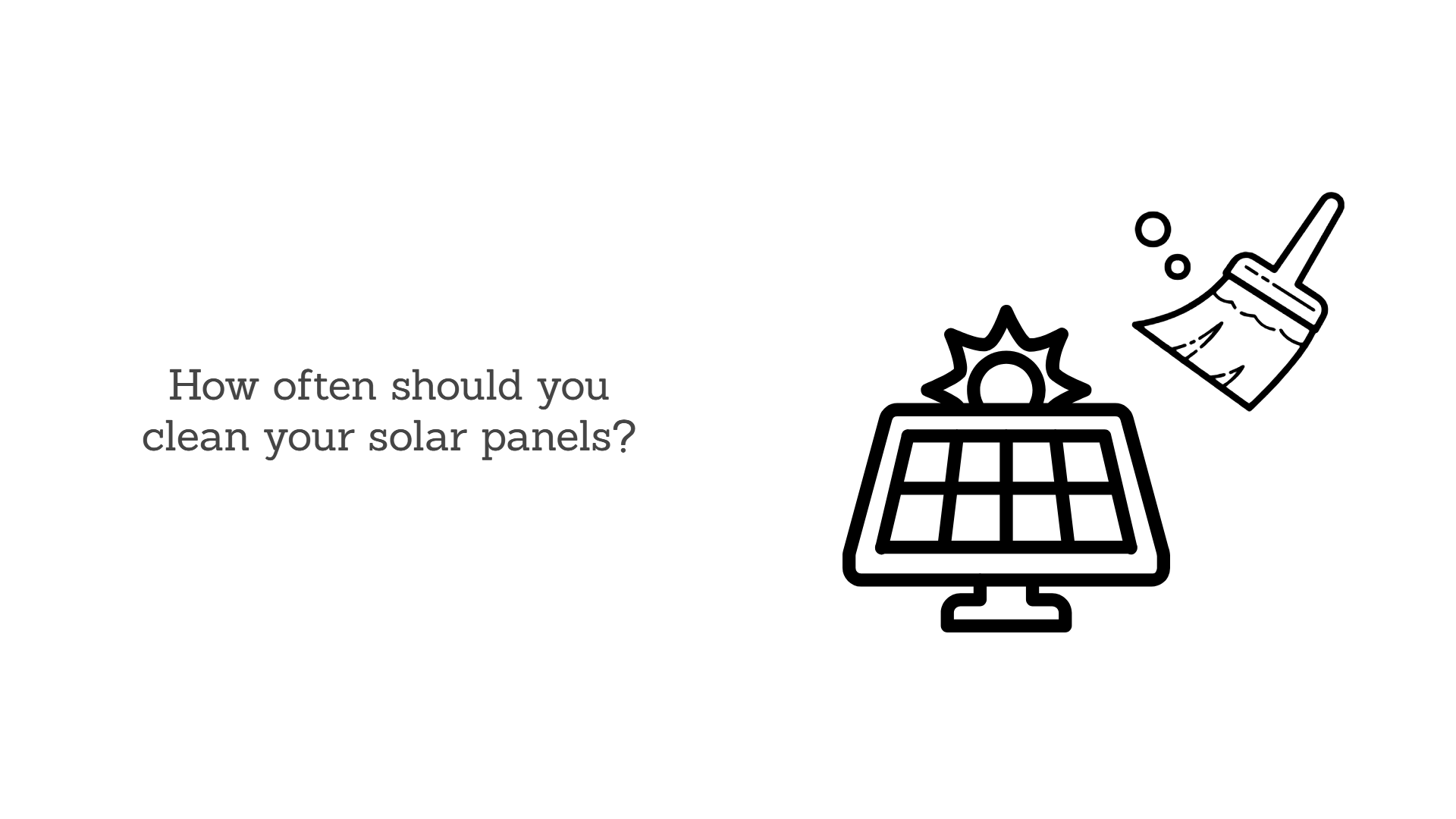











0 Comments